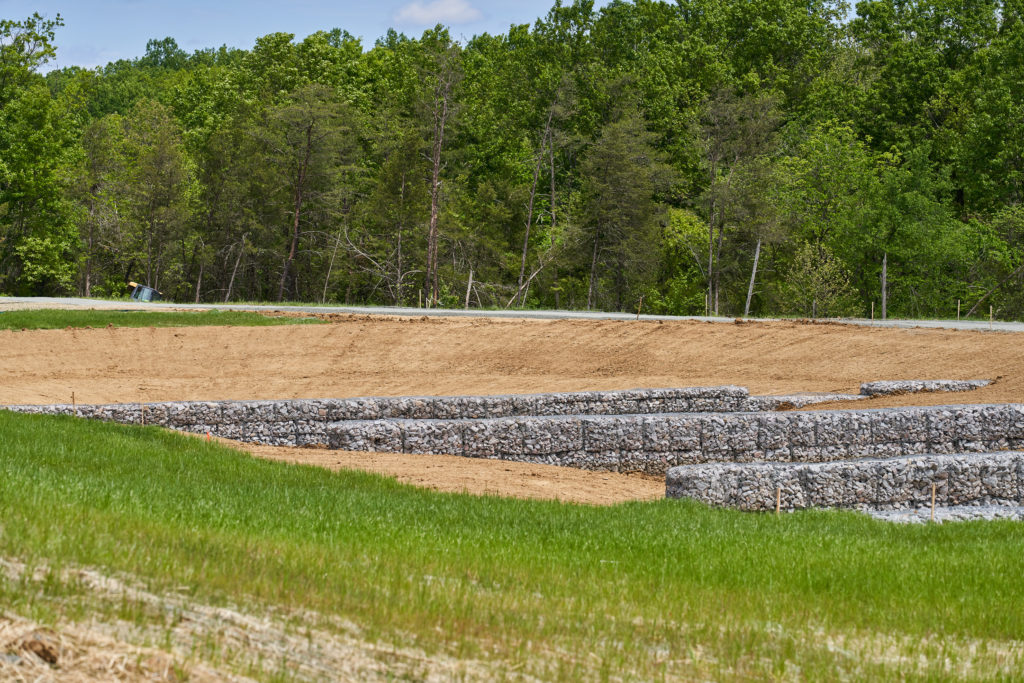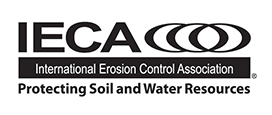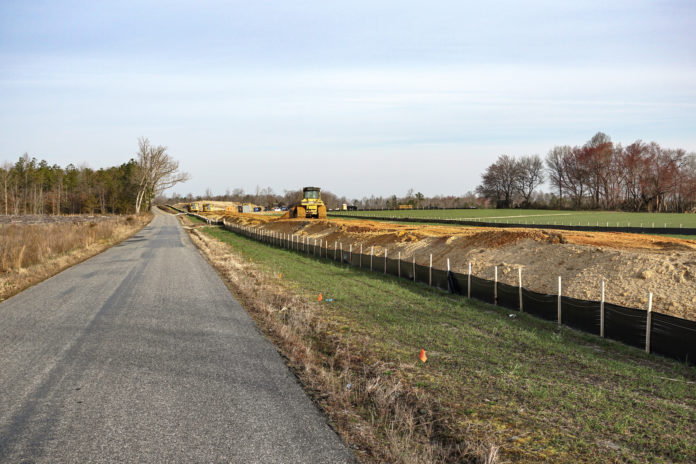By Don Elly, CPESC, CISEC
The first and most critical best management practices (BMP) for any compliance professional working with a project team to achieve successful project completion with stormwater excellence begins in the design phase. Engaging early with the design professional and contractor in a collaborative effort to produce a well thought out erosion and sediment control (ESC) sequence and perimeter BMP plan, will minimize the amount of disturbed area during construction and retain the maximum area of existing perimeter vegetation. This is the first critical step toward a successful and fully compliant project.
If, however, the design plan has already been approved when the compliance professional comes onboard, there are a number of factors to keep in mind as BMPs are planned:

(1) The importance of non-structural BMPs
As all professionals know, BMPs are both structural and non-structural. The planning and execution of every project, whether it be a heavy highway project, a residential or commercial property improvement project, or any other project that includes land disturbance starts with a set of construction plans. These plans include the ESC plan and sequence, which may have been approved
by the appropriate federal, state, and/or local authorities.
These plans are the building blocks of a larger system that will guide project execution to best protect the surrounding environment and any directly impacted areas of the property both during and after construction has been completed. The approved plan set and redline BMP modifications necessary to the compliant completion of work, combined with a project schedule that is carefully developed in granular detail, is the single most important non-structural BMP of the project. The singular goal of project planning must be to fully integrate these two critical non-structural BMP components to formulate a successful completion plan far in advance of the start of earth disturbance on site.
An effective project schedule and plan minimizes or prevents any repeat disturbance of particular project areas and allows for rapid stabilization and completion of small areas of disturbance to minimize sediment load reaching perimeter BMPs and basins and traps. Often discussed, but unfortunately not utilized well enough in project planning, is the distinction between erosion control and sediment control. The goal must always be to minimize sediment load to perimeter BMPs with effective erosion control. Although BMP installation and maintenance cost is often argued among compliance and operations personnel, the facts are clear: Practicing effective erosion control early in the project is a cost effective means of guaranteeing compliance.
In one example, a well-seasoned, high-ranking construction project executive on a $2 billion highway project that closely tracked ESC-related costs, noticed that when the project’s approach to ESC switched from emphasizing sediment to erosion control there was an obvious and immediate cost savings of hundreds of thousands of dollars—a savings that may break the million dollar mark this year. When compliance professionals convince project executives to track ESC related costs, the same results will be seen. Although converting to a new focus can be difficult, the cost tracking of ESC-related costs is considered an effective BMP when implemented early in the project. In fact, compliance professionals may notice that other than early installation of BMPs and prompt stabilization of small project areas, the most effective early BMPs are non-structural.


(2) The importance of reviewing cut and fill requirements
Operations and compliance executives have seen the folly of not fully and effectively integrating the detailed project plan with the approved ESC plan and sequence. Compliance professionals have watched in dismay as a regulatory inspector asks why the project is out of sequence, and the seasoned superintendent explains that “I can’t build that basin and swale without that fill…” or “I can’t build that fill without that cut…” Dirt does not fall out of the sky (unless something unthinkable is happening) and so it is critically important to not only plan the “when” of project operations, but also the “how” and “where from and to.” Cut and fill requirements may require a second look and redline rework of the sequence. If there are logical reasons to adjust the sequence, educate and collaborate with your regulatory representative on sequence resolution early to avoid enforcement and costly delays later.
(3) The importance of maintaining existing vegetation
A long-time superintendent colleague’s work always projects a fantastic compliance upon first impression, and his projects always operate in a well-organized, well-planned way that stands out from the crowd. His projects exhibit one consistent feature—they always maintain a significant buffer strip of non-disturbance all along the project perimeter. As part of his project planning, he almost always finds a way to maintain a healthy strip of existing vegetation all around his projects. This approach pays huge dividends in compliance. Not only does it help prevent sediment loss off the site and provide a buffer for any extraordinary storm event sediment movement, but on a large site, he is significantly deducting disturbed acreage from design a few square feet at a time. This practice of maintaining existing vegetation and lessening the project’s design disturbance area is a truly effective BMP. While the design of some projects does not allow this flexibility, when it is possible, it can have a huge positive impact on compliance.
(4) Look at the project in smaller “chunks”
Changing behavior—especially the conversion of a successful (in traditional operations cost metrics) old school superintendent, who has always “opened up the whole site”—does not come easy. Baby steps may be necessary as the compliance professional convinces the superintendent to try a new approach on a small project first. This provides the opportunity for the superintendent to see that it is possible to disturb and immediately button up a project in smaller areas than they are used to, while remaining “on time and on budget.” While working on the more experienced superintendents is important, work harder with the newer ones. They will be more apt to listen and be more open to change. They are the low hanging fruit for your “compliance missionary” experience. Again, this approach to project planning emphasizes early stabilization and minimizes the disturbed project area exposed to the elements and potential compliance disaster.
(5) Install perimeter and critical basin and trap/swale BMPs first
Installation of perimeter BMPs first is obvious, and not too difficult to coach, as nearly every approved design plan calls for installation of perimeter BMPs, critical basins/traps, and swale and drainage construction to those structures first in the sequence. Compliance professionals should do their planning homework early and in detail and work collaboratively with regulatory personnel long before the project preconstruction meeting to resolve potential issues with the plan sequence versus cut/fill and other “real world” construction considerations.


(6) The importance of effective communication and collaboration
Last, and certainly not least, is the importance of a high quality of consistent communication and collaboration between operations, design, compliance, and regulatory representatives of the project.
Communication is a critical non-structural BMP, and it may be the single most important BMP on the project. Every one of these representatives and teams are stakeholders in the project, with separate sets of metrics for success, and quality communication and collaboration early and often is critical for success. Remember that communication is listening and speaking, whether in person, on the phone, over email, or via text.
A popular saying that is attributed to Greek philosopher, Epictetus is: We have two ears and one mouth so that we can listen twice as much as we speak. Listening well to what each stakeholder on the project is saying will greatly improve the effectiveness of the compliance professional’s communication. What does each individual or team want to accomplish? What are their metrics? What is important to them? These are critical questions to answer on any project, construction or otherwise, for the most effective and successful collaboration.
About the Expert
Don Elly, CPESC, CISEC, has over 30 years of operations and environmental compliance leadership in multiple construction industry sectors. He is currently the vice president, environmental for Allan Myers, the Mid-Atlantic region’s largest heavy highway contractor and aggregate/asphalt supplier and serves on the boards of the Perkiomen Watershed Conservancy and ACE Mentor Greater Philadelphia.












